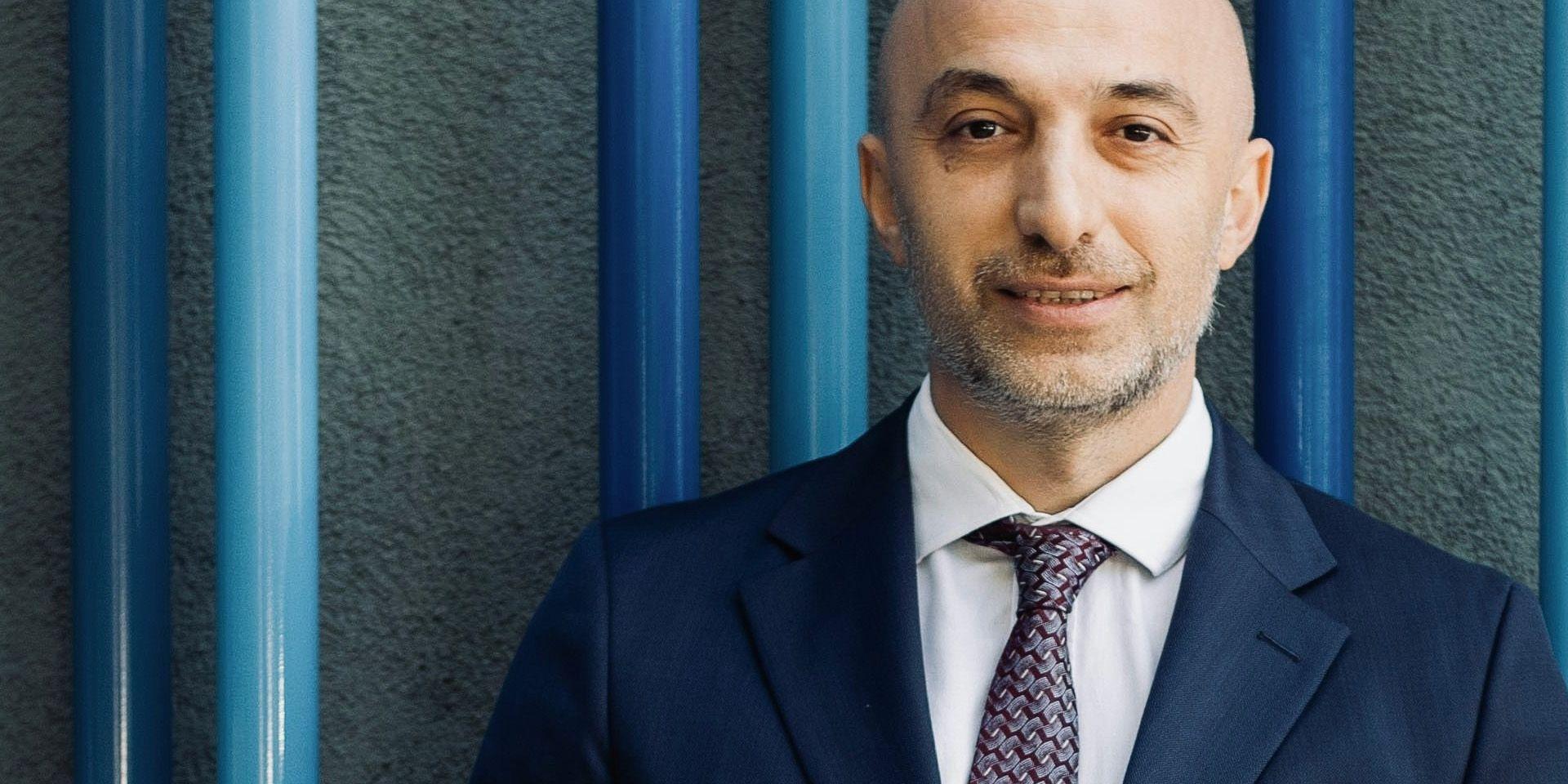
A venture capital associate is a critical early-stage role in startup investing. You’ll research markets, screen pitch decks, analyse deals, and sit in on founder meetings. You’ll write investment memos, debate valuations, and sometimes even help portfolio companies troubleshoot. There’s a lot to learn, little routine, and constant feedback loops. It’s strategic thinking meets startup curiosity - with spreadsheets, Slack, and signal detection all before lunch.
If you’re looking to simulate this experience for students, it’s a rich, multidisciplinary challenge. Think structured chaos - with very real financial implications.
Most students understand the allure of venture capital. Few understand the grind.
Venture capital seems glamorous from the outside: fast growth startups, visionary founders, tech trends. But behind the scenes, much of the real work is analytical, comparative, and often inconclusive. Associates are the engine room of early-stage funds. They don’t just chase trends - they question them.
If you're a business school course director or a founder designing your own learning path, it helps to know what this job really entails. Especially if you want to simulate it.
And that’s where gamified finance simulation becomes such a powerful teaching tool. At Finsimco, we’ve built financial simulations for everything from private equity and M&A to fintech lending. But venture capital hits different. The data is thinner. The ambiguity is higher. And students must learn to trust instincts and frameworks - without falling for hype.
We’ll break it down. Not the fantasy. The job.
Let’s start with a reframe.
A day in the life of a venture capital associate is both stimulating and demanding, centred on identifying and evaluating early-stage investment opportunities. You’ll start the morning scanning deal flow - emails from accelerators, founder intros, pitch decks forwarded by colleagues. Some look slick. Most don’t.
From there, it’s about triage and diligence. Which founders deserve a deeper look? What does the market data suggest? Is this pitch original - or a tweak on something you passed on last week?
You’ll build market maps and dissect business models. You’ll read customer reviews and compare CAC (customer acquisition cost) estimates with actual performance in adjacent industries. And you’ll think hard about the founder. Does their vision stack up? Can they raise again if things go sideways?
Later in the day, you'll likely be editing or writing investment memos - clear, structured documents summarising everything your team needs to decide: Is this deal worth pursuing?
There’s internal debate. A few Zoom calls with founders. Some back-channel references. Then back to the spreadsheet.
And on top of all that, networking. Associates don’t just analyse deals - they source them. Which means attending events, following Twitter threads, joining WhatsApp groups, and staying close to the ecosystem.
It’s not about “chasing unicorns.” It’s about pattern recognition - the kind you can only develop through real practice.
That’s why, when we designed our venture capital simulation, we made sure every student had to make real calls - pass or pursue, advise or walk away. And then defend their reasoning.
No scripts. Just structured decision-making under real-world constraints.

In short? Every serious venture fund.
But especially:
For students, this is worth pausing on. The role isn’t just a stepping stone. It’s a necessary node in the venture capital ecosystem - especially as more firms globalise their pipelines and hunt for signals in increasingly niche markets.
At Finsimco, when we simulate this environment, we don’t just give participants a fictional fund. We give them constraints. A fund mandate. A preferred sector. A partner with a strong opinion. And a ticking clock.
It’s not about learning to say yes. It’s about learning when to say no - and how to defend it.
You’ll often hear, “No two days are the same.” That’s only half true. The themes recur. The order doesn’t.
Here’s how a day might unfold:
08:00 – Inbox + Trends
Start with internal updates and a sift through overnight pitch decks. What’s trending in the market? Any major funding rounds, exits, or collapses worth noting?
Simulation prompt: Ask students to prioritise 10 new pitches, each with trade-offs.
09:30 – Deal Review Prep
Prepare notes on yesterday’s shortlisted startup. Are you leaning in or stepping away? Make sure you’ve flagged anything unusual - cap table anomalies, founder history, inflated metrics.
11:00 – Partner Meeting
Present a deal to the wider team. Expect pushback. A partner may love the market but hate the founder. Or vice versa. This is where your memo either builds momentum - or quietly dies.
“We don’t invest in solo founders. What’s their plan for scaling?”
“Is this a feature or a company?”
This part, in simulations, often triggers the deepest learning. Students realise it’s not enough to be right. You have to persuade.
12:30 – Founder Call
A 30-minute call with a fintech founder building a cross-border remittance product. The tech seems solid, but the market is complex. Your job: ask smart questions. Take useful notes. Read between the lines.
Simulation twist: Founder contradicts part of their pitch. What do you do next?
14:00 – Portfolio Check-In
Brief call with a portfolio company’s COO. Their burn rate’s higher than expected. They want advice on raising a bridge round. You flag it internally.
15:00 – Market Research
You’ve been asked to build a quick teardown of the AI healthcare space. What’s hype? What’s real? Can your fund credibly compete here?
16:30 – Founder Follow-Up + CRM
Update your CRM. Send a polite decline to one founder. Ask another for their updated data room. Forward a note to legal on a term sheet in progress.
18:00 – VC Event / Panel
Depending on the day, you might dial into a panel or show up at a local founder meetup. Networking isn’t optional - it’s how deals get sourced.
You go home tired. Not from the volume, but the mental toggling - analysis, persuasion, empathy, filtering. You’re not just evaluating companies. You’re learning how conviction is built.
That’s why we designed our simulation to reflect the texture of the day - not just the headline decisions.
There’s no single path upward - but there are patterns.
Most associates spend 2–3 years in the role before progressing. Advancement typically depends on a mix of sourcing, analysis, and how well you support the firm’s broader goals (and personalities).
Here are the three most common next steps:
At Finsimco, we’ve seen students simulate all three paths. Our venture capital trading modules are built with branching outcomes, so learners can explore not just what today looks like - but what the next few years might hold, depending on how they play their hand.
And if they realise VC isn’t quite their fit? That’s progress too.

This is where simulation really matters. Because the technical skills - financial modelling, market analysis, CRM management - can be taught. But the soft skills? They’re felt.
Here are the key ones:
Our simulations are intentionally designed to bring these moments forward. A memo under deadline. A founder who pushes back. A partner who interrupts and changes direction.
Because it’s in these quiet moments - not the grand ones - that real readiness is tested.
The Day in the Life of a Venture Capital Associate isn’t about ping-pong tables and “changing the world.” It’s about judgement under uncertainty. Filtering signal from noise. Learning when to push, and when to pause.
It’s intellectually demanding. Often thankless. Occasionally thrilling.
For business schools, this makes it an ideal simulation opportunity. It’s multidisciplinary - blending finance, strategy, communication, and psychology. And because the outcomes are ambiguous, it encourages rich discussion and reflection. Try Finsimco’s Venture Capital Simulation.
At Finsimco, our venture capital simulation is built to reflect this complexity. We’ve drawn on our origins at Morgan Stanley, our iterative game design process, and thousands of hours with real-world VC professionals.
It’s not a roleplay. It’s a window into how decisions actually get made.
And for students serious about venture - whether as future investors or as founders themselves - it’s a chance to try on the job. Before the stakes are real. Before the emails pile up.
Before it’s your job to say yes… or no.